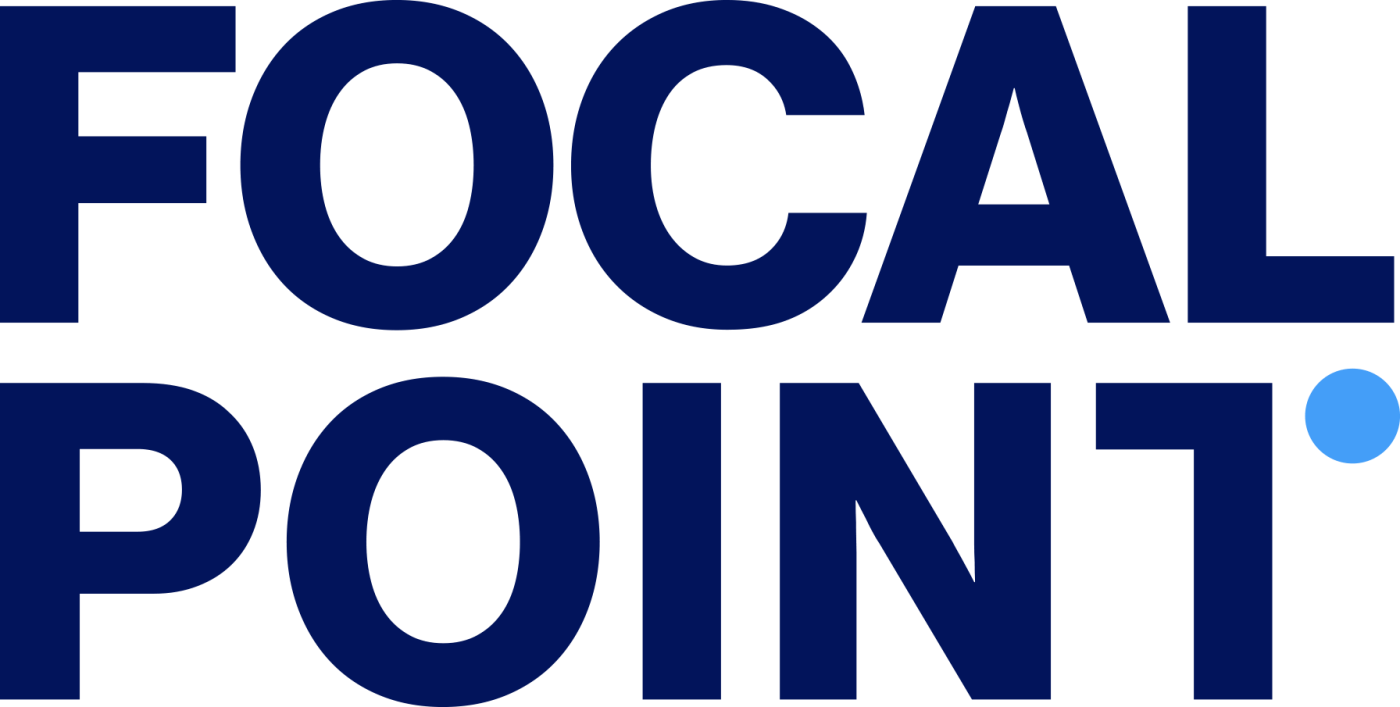
The Mirage of Profit: Why Cash Visibility is Key to Growth!
Many business owners believe that as long as sales are strong, the business is healthy. After all, the revenue is there, customers are buying, and on paper, profit numbers look good. However, what seems like financial strength can often hide deeper issues if cash flow is not carefully managed. Just because your business is profitable on paper does not mean you have the cash on hand to keep it running smoothly.
Cashflow and Profit
Cash flow is the movement of money into and out of your business. When cash is flowing in faster than it is going out, you have positive cash flow, which supports stability and growth. When cash is flowing out faster than it is coming in, you are facing negative cash flow, which can lead to late payments, strained relationships, and missed opportunities. Revenue represents sales made, not cash collected. Profit measures income minus expenses, but it does not guarantee that cash is available. Only cash flow tells the full story.

In many businesses, cash flow problems come not from a lack of sales but from delayed payments, rising costs, and overly ambitious spending. A company might grow quickly, adding staff, expanding services, and investing in marketing, only to discover that cash reserves are dwindling. Late receivables, high overhead, and unexpected expenses can quietly erode cash flow. Without regular monitoring and a proactive approach, these issues can build up until they threaten the business’s survival.
The solution is not to stop growing but to grow smarter. Creating a rolling cash flow forecast can help anticipate shortfalls and guide decision-making. Regularly reviewing where cash is coming from and where it is going makes it easier to spot trends and course correct. For example, if certain clients consistently pay late, you can adjust payment terms like interest or follow up more frequently. If payroll or overhead costs are climbing faster than revenue, it might be time to revisit staffing levels or renegotiate contracts.
Another important aspect of cash flow is free cash flow—the money left over after covering operating expenses and capital expenditures. Free cash flow is a key measure of financial health because it represents money that can be reinvested in the business, used to reduce debt, or saved for future needs. A strong free cash flow position gives a business flexibility and resilience, while a weak free cash flow can force difficult decisions or risky borrowing.
Smart financial management begins with a clear understanding of cash flow. It is not just about tracking income and expenses but about seeing how money moves through the business and making decisions that protect and strengthen it. When you can clearly see your cash position, you can align your strategies with your reality and set the stage for lasting growth.
Here’s the point 🔵: Cash flow is the foundation of every business. When you understand it and manage it proactively, you gain the confidence and clarity to grow your business on solid ground.
Our Certified Coaches have helped thousands of people looking to improve their businesses. Explore our business growth programs that aim to provide you with the skills and tools to grow your business profitably. Business Coaching Program
Get in touch now for a confidential discussion Contact Us
